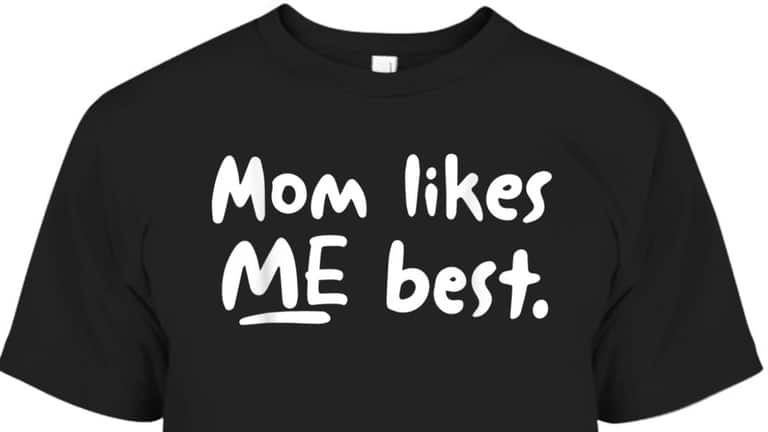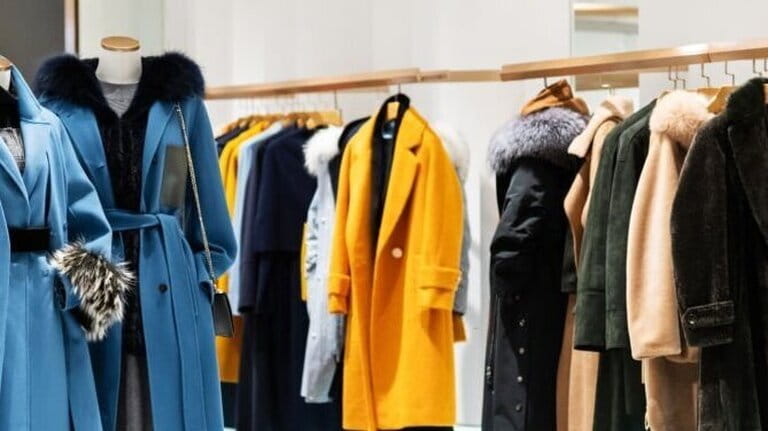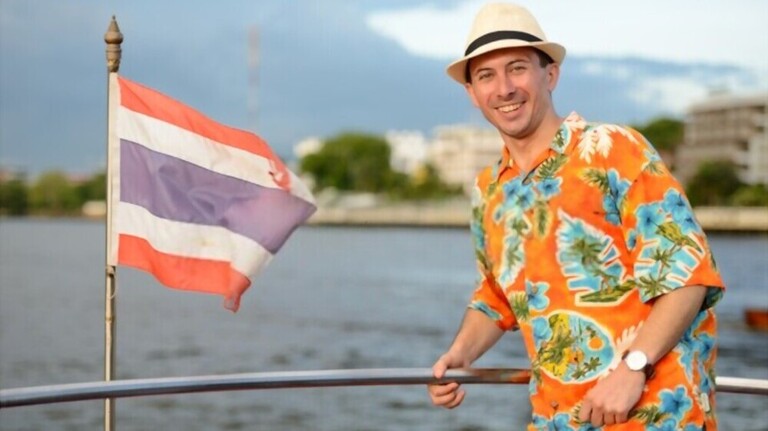Table of Contents
The COVID-19 pandemic has had a profound impact on the fashion industry, from the production and supply chain to the way people dress and shop. As the world begins to emerge from the pandemic, a new normal is taking shape, and this is reflected in the fashion trends that are emerging. In this article, we will examine some of the post-COVID fashion trends that are shaping the future of style.
The impact of COVID-19 has been widespread and far-reaching, with many industries being forced to adapt and evolve to survive. The fashion industry is no exception, as designers, manufacturers, and retailers have all had to reimagine the way they work. From lockdowns and reduced consumer spending to disrupted supply chains, the fashion industry has faced a series of unprecedented challenges.
Despite these challenges, however, the fashion industry has proven to be resilient, and new trends are emerging that reflect a changing world. These trends are driven by a range of factors, including comfort, sustainability, remote work, and a desire for bold self-expression. In the following sections, we will examine each of these trends in more detail, exploring how they are shaping the future of fashion post-COVID.
Comfort-Driven Trends

One of the most notable post-COVID fashion trends is the emphasis on comfort. As people spent more time at home during lockdowns, loungewear and athleisure wear became everyday staples, and this trend shows no signs of slowing down. Consumers are seeking out clothing that is soft, loose-fitting, and comfortable, as they prioritize comfort and ease over formality.
Loungewear as Everyday Wear: With so many people working from home, loungewear has become the go-to choice for comfort and convenience. From cozy sweatpants to oversized hoodies, loungewear is now considered acceptable attire for a range of activities, from video conferences to grocery shopping.
Athleisure Wear: Athleisure wear, which combines athletic and leisure clothing, has become increasingly popular as people seek out versatile and comfortable clothing that can be worn both in and outside of the home. This trend includes items like yoga pants, sports bras, and running shoes, and is driven by the desire for clothing that can be worn for a range of activities, from working out to lounging.
CSoft, Loose-Fitting Clothing: In addition to loungewear and athleisure wear, soft, loose-fitting clothing is also in high demand. From flowy dresses to oversized t-shirts, people are seeking out clothing that is both comfortable and stylish. This trend is driven by a desire for clothing that is both functional and fashionable, and it reflects a shift away from form-fitting, structured clothing towards more relaxed, comfortable styles.
Sustainability and Eco-Friendliness

Another key trend in post-COVID fashion is sustainability and eco-friendliness. As consumers become more environmentally conscious, they are seeking out clothing that is made from ethical and sustainable materials, and that supports circular fashion practices.
Increase in Demand for Ethically-Made Clothing: Consumers are becoming more mindful of the impact of their clothing purchases, and are demanding clothing that is made in a way that is ethical and environmentally responsible. This includes a focus on fair labor practices, the use of environmentally-friendly materials, and the reduction of waste in the production process.
Use of Recycled and Organic Materials: As consumers become more environmentally conscious, they are seeking out clothing that is made from recycled and organic materials. This includes everything from recycled polyester to organic cotton, and reflects a desire to minimize waste and reduce the environmental impact of clothing production.
Minimal Waste and Circular Fashion Practices: Circular fashion, which is a closed-loop system of production and consumption, is becoming increasingly popular as consumers seek out clothing that is made in a sustainable and responsible way. This includes a focus on reducing waste, reusing materials, and creating clothing that can be worn and enjoyed for years to come.
The trend towards sustainability and eco-friendliness in fashion is driven by a growing awareness of the impact of the fashion industry on the environment, and reflects a desire to make more responsible and environmentally conscious choices when it comes to clothing.
Remote Work and Virtual Events

The COVID-19 pandemic has led to a significant shift in the way people work, with many people now working from home on a full- or part-time basis. This has had a major impact on fashion, as people are seeking out clothing that is suitable for remote work and virtual events.
Work-From-Home Attire: With so many people now working from home, there has been a surge in demand for clothing that is comfortable, functional, and suitable for remote work. This includes items like joggers, slippers, and comfortable tops, as well as more formal attire for virtual meetings and events.
Virtual Event Wear: As virtual events become increasingly common, people are seeking out clothing that is suitable for these events. This includes elegant, dressed-up attire, as well as more casual, relaxed styles that are suitable for virtual events like online happy hours and social gatherings.
Mix-and-Match Styles: The trend towards remote work and virtual events has led to a rise in mix-and-match styles, as people seek out versatile clothing that can be worn for a range of activities. This includes clothing that can be dressed up or down, and that is suitable for both work and play.
The trend towards remote work and virtual events has driven a shift in fashion, as people seek out clothing that is suitable for this new way of working and socializing. This trend reflects a desire for clothing that is both comfortable and functional, and that can be worn for a range of activities in the virtual world.
Bold Colors and Statement Pieces

In the post-COVID fashion landscape, bold colors and statement pieces are making a comeback, as people seek to add some excitement and joy to their wardrobes after a year of uncertainty and social isolation.
Bright Colors: Bright colors, like fuchsia, sunshine yellow, and electric blue, are becoming increasingly popular as consumers seek to inject some color and energy into their wardrobes. This trend is a reaction to the monochromatic, neutral color palettes that dominated during the pandemic, and reflects a desire for bold, joyful styles.
Statement Pieces: From statement jewelry to bold prints, statement pieces are becoming increasingly popular as consumers seek to express their individual style. This trend includes everything from chunky necklaces and brightly colored earrings, to graphic tees and printed pants, and is driven by a desire to add some excitement and personality to outfits.
Mixing and Matching: In addition to bold colors and statement pieces, consumers are also seeking out clothing that allows for mixing and matching, as they look to create new and interesting outfits. This trend reflects a desire for versatility and experimentation, as people seek to express their individual style in new and creative ways.
The trend towards bold colors and statement pieces reflects a desire for individuality and self-expression, as people seek to add some excitement and joy to their wardrobes after a year of uncertainty and social isolation.
Comfort and Practicality

Comfort and practicality are two of the key drivers in post-COVID fashion, as consumers seek out clothing that is both comfortable to wear and suitable for their everyday lives.
Loungewear: Loungewear, including comfortable tops, sweatpants, and lounge sets, has become increasingly popular as people spend more time at home. This trend reflects a desire for clothing that is both comfortable and practical, and that can be worn for a range of activities, from working from home to relaxing on the couch.
Functionality: As people’s lives have become more active and outdoorsy, they are seeking out clothing that is both functional and practical. This includes items like performance wear, hiking gear, and outdoor clothing, which are designed to meet the needs of people who are active and on-the-go.
Versatility: Consumers are also seeking out versatile clothing that can be worn for a range of activities and events, reflecting a desire for practical, multi-functional clothing. This includes items like layerable pieces, convertible clothing, and clothing that can be dressed up or down.
The trend towards comfort and practicality reflects a desire for clothing that is suitable for the new normal, and that can be worn for a range of activities and events. This trend is driven by a need for clothing that is both comfortable and functional, and that can keep up with the demands of modern life.
Sustainability and Ethical Fashion

Sustainability and ethical fashion are two key drivers in the post-COVID fashion landscape, as consumers become increasingly concerned about the environmental and social impact of their clothing choices.
Sustainable Materials: Consumers are seeking out clothing made from sustainable materials, such as organic cotton, recycled polyester, and other eco-friendly materials. This trend reflects a desire for clothing that is not only stylish, but also environmentally responsible.
Ethical Production: Consumers are also looking for clothing that is produced in an ethical and sustainable manner, taking into consideration the working conditions and wages of the workers who produce the clothing. This trend includes items made by fair trade organizations, and clothing produced using environmentally responsible methods.
Secondhand Clothing: Another trend in sustainable and ethical fashion is the rise of secondhand clothing, as consumers look to reduce waste and extend the life of clothing. This trend includes everything from vintage clothing to thrift store finds, and reflects a desire for sustainable and responsible fashion choices.
The trend towards sustainability and ethical fashion reflects a growing concern about the impact of fashion on the environment and society, and a desire for clothing that is not only stylish, but also responsible and sustainable.




